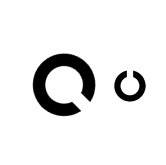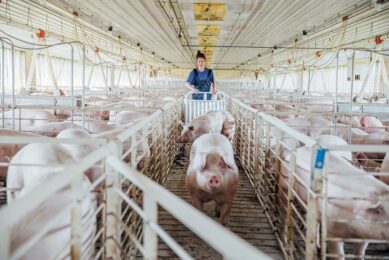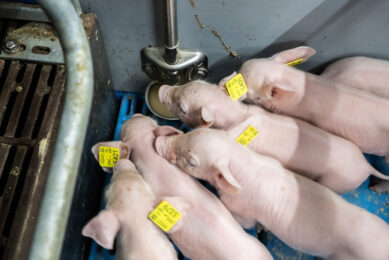Pig’s visual acuity put to the test

New research from the Animal Sciences Group of Wageningen University in the Netherlands studied the effects of light intensity (illumination) and object size on the pigs’ ability to distinguish visual signals.
In most West European countries pigs are housed indoors under low-light conditions. While former Dutch National legislation for pigs required 12 lx (lux) for 8 hours per day, EU legislation requires 40 lx, so pigs should be able to distinguish small objects and subtle visual signals.
However, limited scientific evidence exists about the effects of light intensity (illumination) and object size on the pigs’ ability to distinguish visual cues. Wageningen studied these two effects using operant conditioning with a Landolt-C symbol as shape discriminator. Four Landolt-C symbols with different sizes were tested under 8 different illuminant levels (0.5, 3, 6, 12, 20, 30, 40 and 80 lx).
Incorrect choices
Following a 4-week training period, 20 female 4-month-old pigs were tested in two batches and the numbers of correct, hesitant and incorrect choices were recorded. Reduced illumination significantly increased the number of incorrect choices. Symbol size also had a significant effect; pigs made more mistakes with the two smaller symbols compared to the bigger symbols. Furthermore, pigs hesitated less with the smallest symbol compared to the other ones. Visual acuity (ability to distinguish details and shapes) varied from 0.001 to 0.03 and pigs failed to discriminate visual cues below 20 mm.
Symbol size
Results indicate that the detail of the visual cue (symbol size) has a more pronounced effect on the pigs’ ability to distinguish visual cues, compared to the illuminant level.
Related website:
Animal Sciences Group WUR
To receive the free pig newsletter subscribe here











